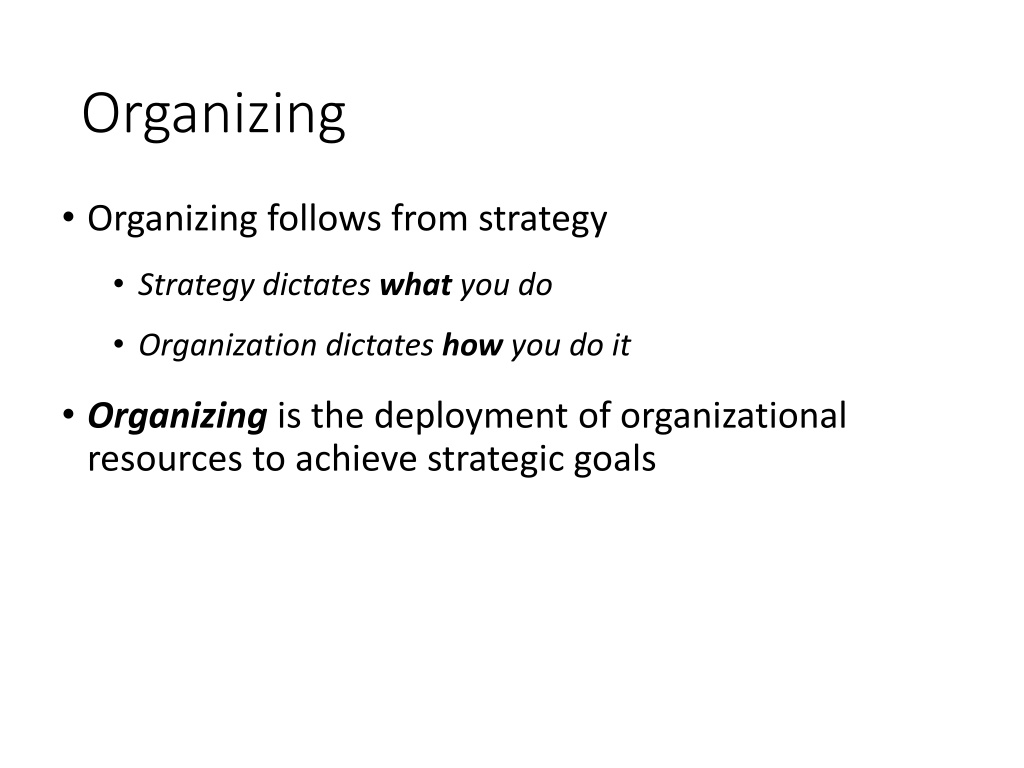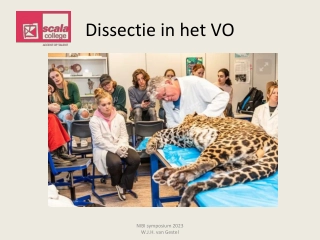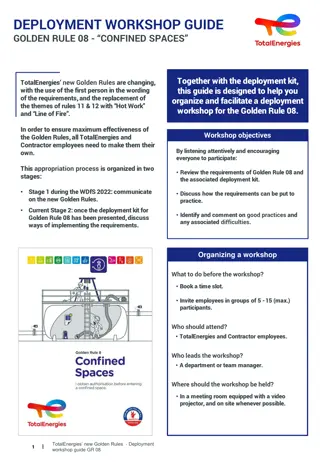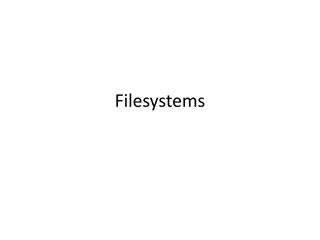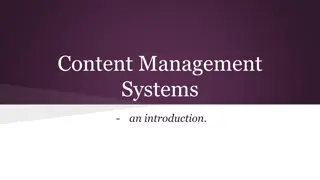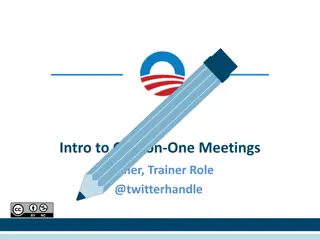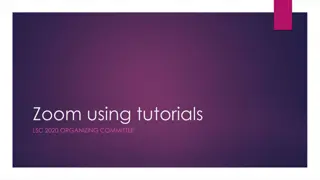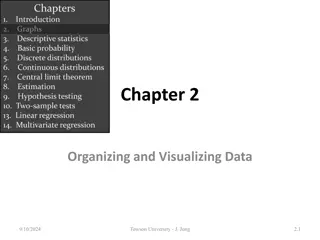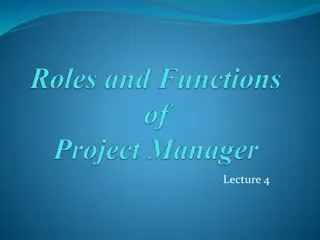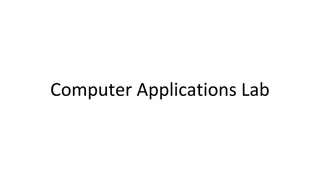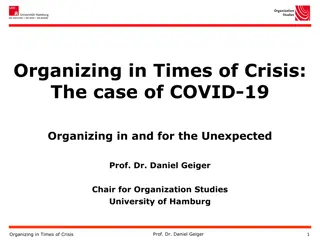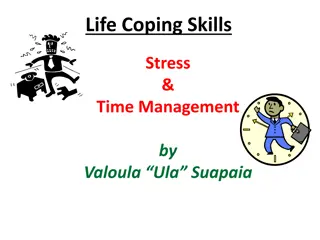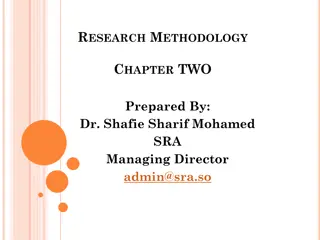Understanding Organizing in Management
Organizing in management involves aligning strategies, efficiently utilizing resources, ensuring the right people are in place, avoiding duplication, being responsive to change, and complying with governance. It encompasses the vertical structure, work specialization, chain of command, authority delegation, line and staff authority, and span of management. This process dictates how organizational resources are deployed to achieve strategic goals.
Download Presentation

Please find below an Image/Link to download the presentation.
The content on the website is provided AS IS for your information and personal use only. It may not be sold, licensed, or shared on other websites without obtaining consent from the author. Download presentation by click this link. If you encounter any issues during the download, it is possible that the publisher has removed the file from their server.
E N D
Presentation Transcript
Organizing Organizing follows from strategy Strategy dictates what you do Organization dictates how you do it Organizing is the deployment of organizational resources to achieve strategic goals
8 Questions to Answer 1. Does this align with our strategy? Culture? 2. Uses our Resources efficiently? 3. Do we have the right people to do this? 4. Is Duplication avoided? Too many Gaps? 5. Responsive to change? 6. Is this structure Future proof? 7. Compliant with Governance issues? 8. How do we make Department Accountabilities clear? Ownership?
Organizing The Vertical Structure 1) The set of formal tasks assigned to individuals and departments 2) Formal reporting relationships, including lines of authority, decision responsibility, number of levels and span of control 3) The design of systems to ensure effective coordination of employees across departments
Organizing Concepts Work Specialization the division tasks into individual jobs called division of labor Chain of Command a line of authority that links individuals and direct reports
Authority, Responsibility, and Delegation The chain of command illustrates authority Authority is the formal and legitimate right to make decisions and issues orders Authority is vested in organizational positions, not people Authority is accepted by subordinates Authority flows down the vertical hierarchy Responsibility is the duty to perform the task or activity assigned Delegation is the process managers use to transfer authority and responsibility to others
Line and Staff Authority Line departments perform the tasks that reflect the organization s primary goals They work directly with customers/products Staff departments are those departments that provide specialized skills in support of line departments Legal, Human Resources, Marketing
Span of Management The number of employees reporting to a supervisor is span of management Factors associated with less supervisor involvement and larger span of control Work is stable and routine Subordinates perform similar work Subordinates in single location Highly trained and need little direction Rules and procedures are defined Support systems and personnel are available to manager Little supervision is required Managers personal preference favor a large span
Reorganization to Increase Span of Management
Centralization and Decentralization Decentralization means decision authorityis pushed downward to lower organizational levels Centralization means that decision authority is located near the top of the organization Change and uncertainty are usually associated with decentralization The amount of centralization or decentralization should fit the firm s strategy During crisis or risk of company failure, authority may be centralized
Departmentalization Basis for grouping positions into departments Choices regarding chain of command Five traditional approaches: Functional Divisional Matrix Innovative approaches: Teams Virtual Networks
Contingency Factors that Influence Organization Structure
Structure Follows Strategy The right structure is designed to fit the organization s strategy
Relationship between Environment and Structure
Relationship Between Manufacturing Technology and Organization Structure
Approaches to Structural Design
Vertical Functional Approach Grouping into departments based on skills, expertise, work activities and resource use Departmentalized by organizational resources Accounting Human resources Engineering Manufacturing
Divisional Approach Departments are grouped based on outputs Product structure, program structure, self-contained unit structure Many large corporations have multiple divisions for different business lines Organizations may assign division responsibility by geographic region or customer group
Functional Versus Divisional Approach
Geographic-Based Global Organization Structure
Matrix Approach Combines aspects of both functional and divisional structures simultaneously Improves coordination and information sharing A key challenge is the dual lines of authority Employees report to two supervisors
The Virtual Network Approach Extending the boundaries of collaboration beyond the organization Subcontracting functions to other companies Coordinate activities Interconnected groups of companies partnerships and collaborations
